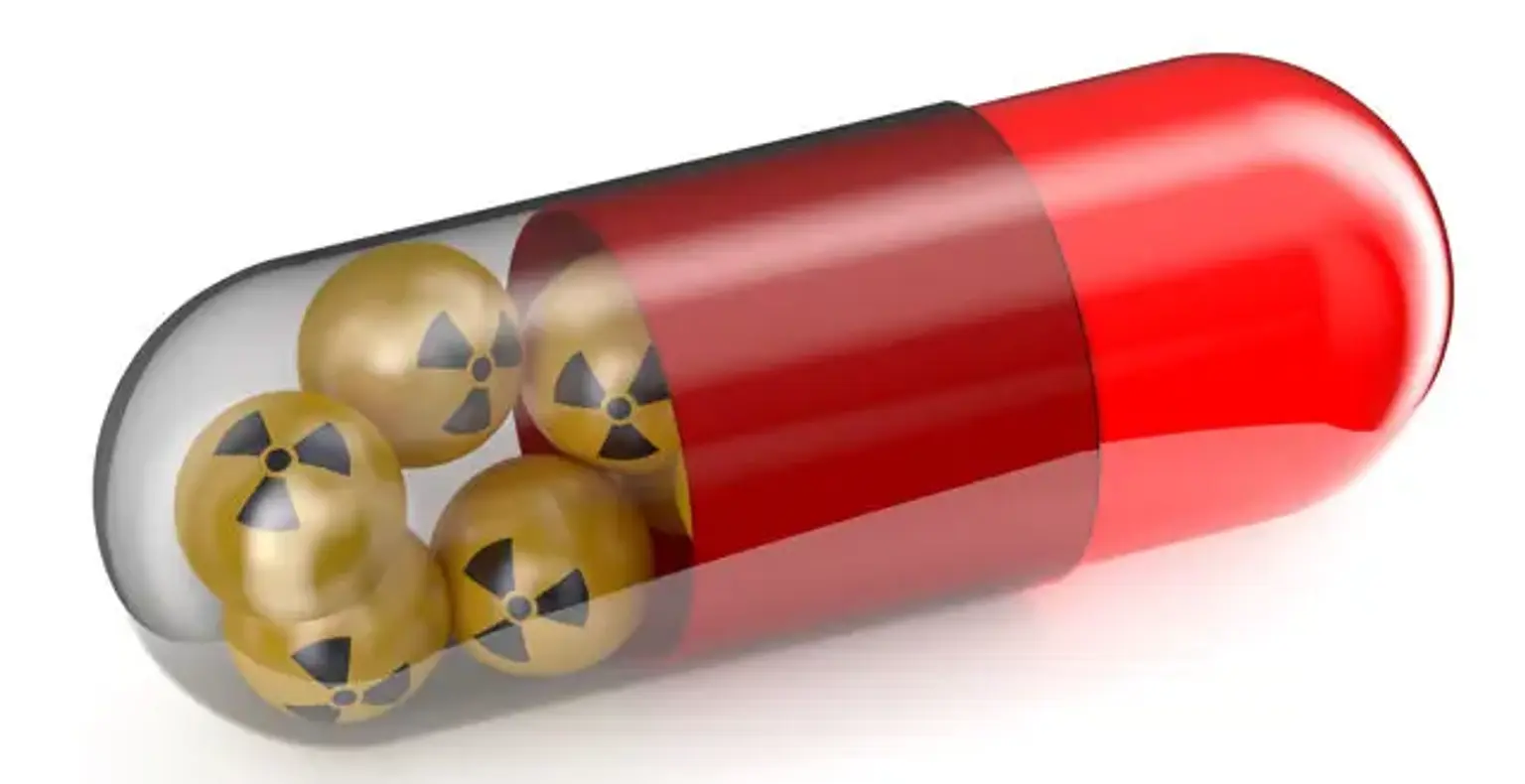Radioiodine (Radioactive Iodine) Therapy
Overview
Radioactive iodine therapy is used to treat hyperfunctioning thyroid disease and thyroid cancer. It is categorized as radioactive nuclear medicine, and it was originally produced in 1941. The FDA authorized it for therapeutic use in 1971.
Its action destroys thyroid tissue permanently by producing two types of radiation, gamma and beta rays. Gamma radiation effects are more effective for diagnosis, but beta radiation effects are more beneficial for treatment. Its efficacy is dependent on iodine absorption from thyroid tissue and is ineffective in people with hyperfunctioning illness who do not have iodine uptake.
It is appropriate in patients with a high surgical risk and a shorter life expectancy, as well as in individuals who have failed to achieve euthyroid status or who are unable to take oral anti-thyroid medications. In individuals with thyroid cancer, radioactive iodine therapy can be used as an adjuvant therapy to surgery and can be given four to six weeks after surgery.
